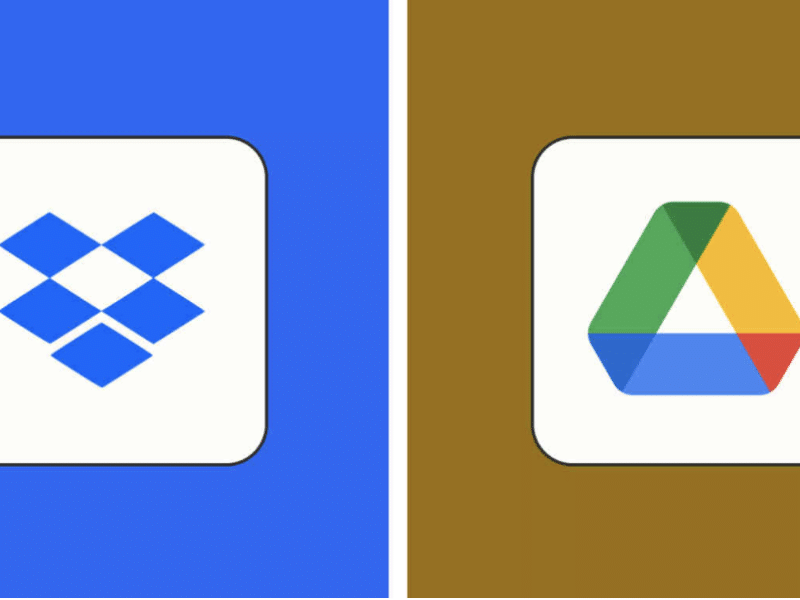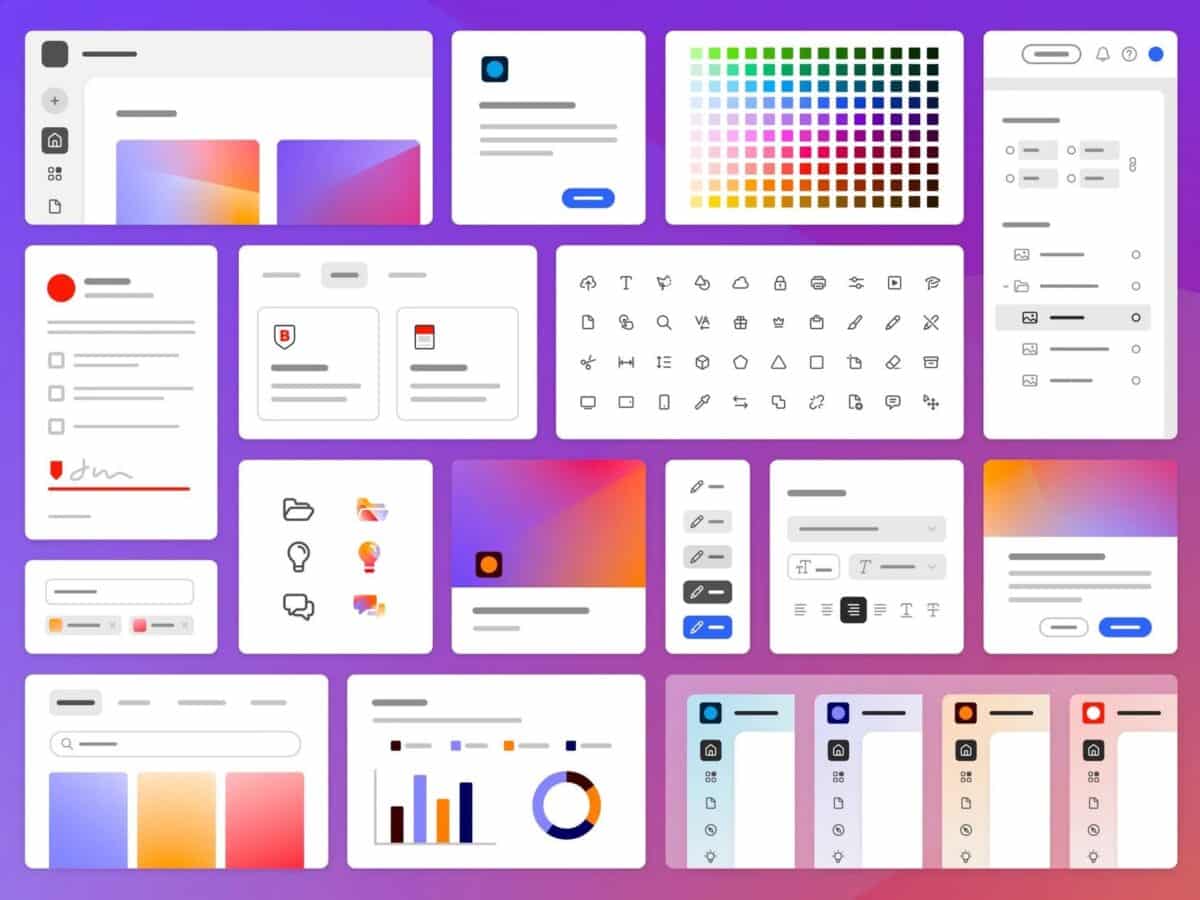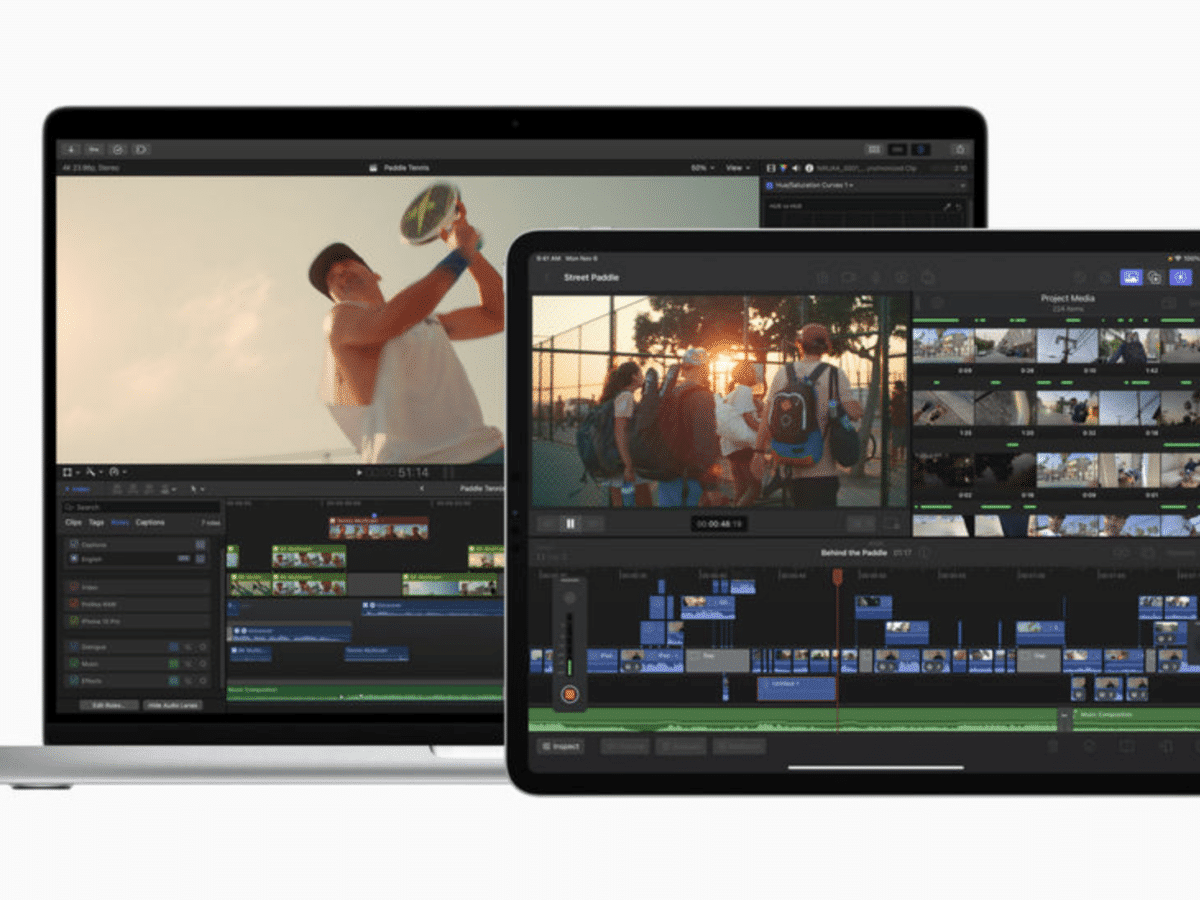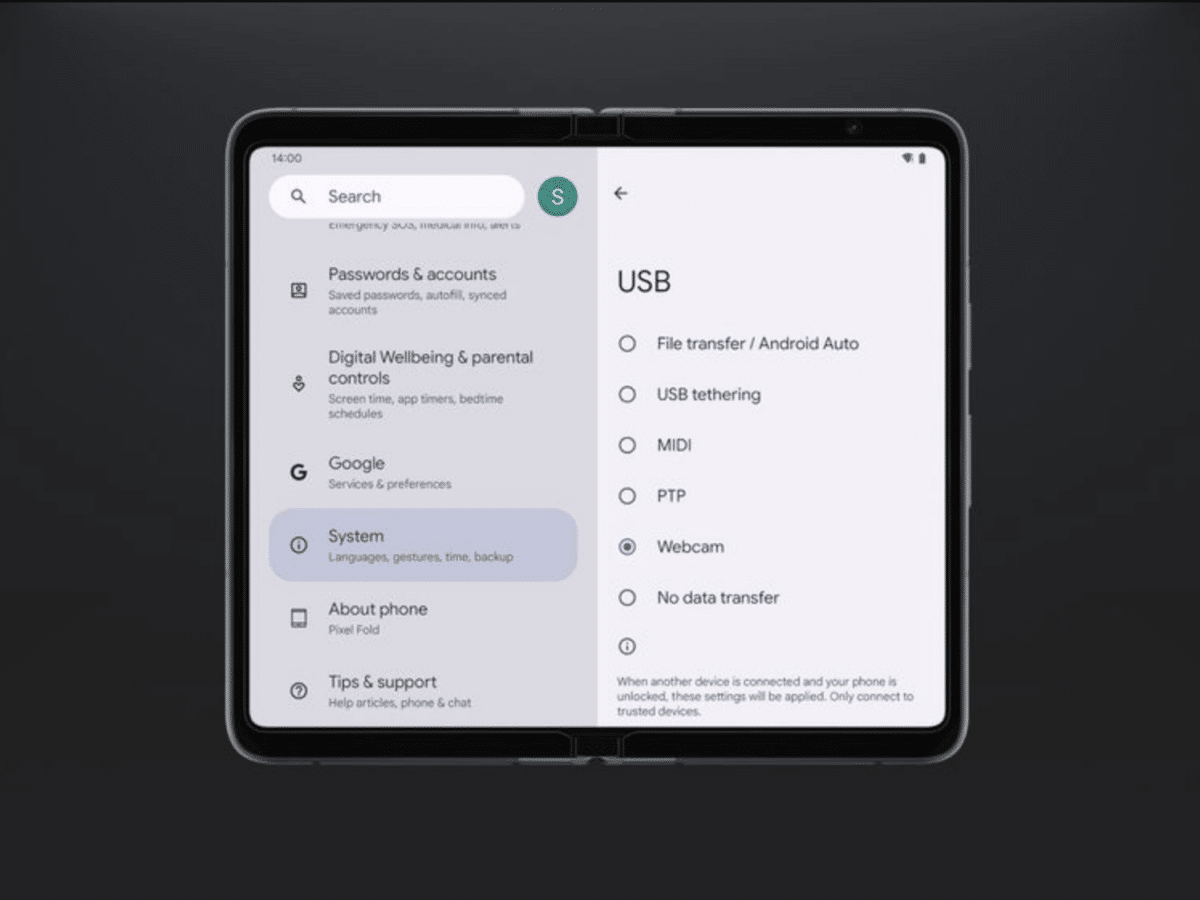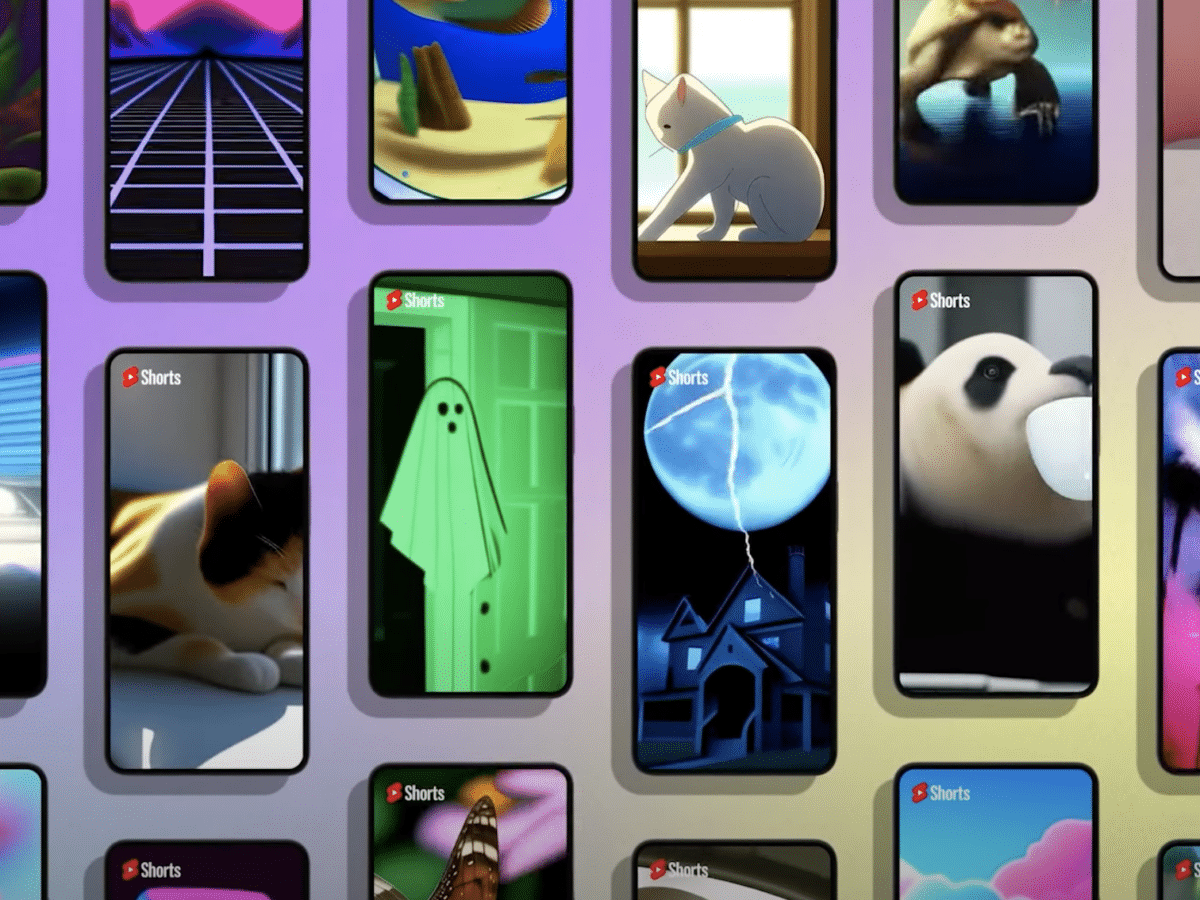Just like we need brains to function, the operating system is the brain of your computer, making it run smoothly. Let’s make a twist out of this. Sometimes our brains get a little forgetful when they get overworked, the computer’s operating system never forgets. Also, while humans need a good night’s sleep to reset – the operating system makes that dream come true for your computer.

When it comes to desktop operating systems, computer users have different preferences. Moreover, the operating systems for MacOS, Windows, or Linux have their own unique strengths even when they almost perform equal tasks. So, let’s see how these computers’ have performed since 2010.
Quick Overview
- Microsoft Windows holds the largest market share at 68.41%, with MacOS at 20.15%.
- Each version has specific hardware requirements, with Windows 11 having more demanding specifications.
- Hardware compatibility is essential for running MacOS, and the OS versions have specific requirements.
- Each Ubuntu version released since 2010 has its own system requirements, with later versions demanding more resources.
- China leads with 375.4 million desktop PCs, Windows being the most prevalent with 74.5% market share.
Detailed Analysis of the Popular Desktop Operating Systems Since 2010
There are many brands of desktops or computers, and these makers install operating systems to run their computers. Four of the most popular operating systems are provided by Apple, Microsoft, Linus, and Chrome. The global market share for these operating systems as at the end of Sept., 2023 are as follow:
| Operating System | Market Share (%) |
| Microsoft Windows | 68.41 |
| MacOS | 20.15 |
| ChromeOS | 3.89 |
| Linux | 3.02 |
| Others | 4.53 |
So, what are the various distributions and requirements for these operating systems? Wishing to find out? Keep reading.
Microsoft Windows
Being the largest market share for operating systems, Microsoft Windows has various distributions. The most popular of them from 2010 till date include Windows 7, 8, 8.1, 10, and 11.
Microsoft Windows 7 succeeded Windows Vista; it was made available in Oct., 2009. Acting as the successor of Windows 7, Windows 8 OS was released in 2012, while Windows 8.1 was made available in Oct., 2013. In July 2015, Microsoft launched the Windows 10 OS, while the company launched the Windows 11 in October 2021.
The requirements to run the operating system are the same for Windows 7, 8, 8.1, and 10. For instance, your computer hardware must be: a 1 GHz processor (32- or 64-bit), 1 GB of RAM (32-bit)/2 GB of RAM (64-bit), and at least 16 GB of disk space (32-bit)/20 GB of disk space (64-bit), with a DirectX 9 graphics.
Windows 8 and 8.1 require a minimum screen resolution of 1024×768 pixels, and WDDM driver, while Windows 10 requires a DirectX 9+ graphics card with WDDM 1.0 driver, and an 800 x 600 display. For the Windows 11 operating system, the requirements look different from what we have seen in others.
The Windows 11 OS requires a 1GHz or faster processor with two or more cores, 4GB of memory or more, 64GB or more storage, a DirectX 12 compatible graphics card with WDDM 2.0. Also, it uses the UEFI firmware with Secure Boot, TPM 2.0 for security, a 720p or higher display with a 9′ or larger monitor, and an internet connection for updates and some features.
MacOS
The Mac operating system (OS) is the second after the Microsoft Windows OS. Apple’s Mac has released a lot of operating systems since 2010, but this analysis considered the most popular OS since the turn of 2010 based on StatCounter Global Stats. These include MacOS X 10.10 (Yosemite), X 10.11 (El Capitan), X 10.12 (Sierra), X 10.13 (High Sierra), X 10.14 (Mojave), and X 10.15 (Catalina).
In the following orders, MacOS X 10.10 (Yosemite), X 10.11 (El Capitan), X 10.12 (Sierra), X 10.13 (High Sierra), X 10.14 (Mojave), and X 10.15 (Catalina) were all released in Oct. 2014, Sept. 2015, 2016, 2017, 2018, and Oct. 2019. For all of these operating systems, at least 2GB memory is required, except the Catalina which requires the use of 4GB memory.
MacOS X 10.10 (Yosemite) will require a minimum of 8 GB of available drive space for installation, while El Capitan and Sierra will require approximately 8.8GB storage. Also, Yosemite and El Capitan require you to run these OS on any MacBook (Early 2015+), MacBook (Late 2008 Aluminum or Early 2009+), MacBook Pro (Mid/Late 2007+), etc., on your desktop computer.
While High Sierra OS requires 14.3GB of free storage space storage, Mojave and Catalina require 12.5GB space storage to optimally run the OS. For Sierra, you’ll need OS X 10.7.5 or a more recent operating system to run the software, while High Sierra and Mojave require OS X 10.8 or a later version.
MacOS 10.15, Catalina, will require OS X 10.9 or later version to run the software. Also, Mojave and Catalina run on OS X El Capitan 10.11.5 will require 12.5GB additional space storage. In addition, Apple products are known to be expensive, so certain functionalities may necessitate an Apple ID, while others may depend on a compatible internet service provider, which could involve associated fees.
Linux
Ubuntu, a popular operating system for Linux, has been the most versatile Linux distribution since 2010. The Linux OS also has a similar codebase variant like Ubuntu. Since 2010, different versions of these variants such as Kubuntu, Lubuntu, and Xubuntu have also been integrated into the distributions.
Each codebase is based on the desktop environment they are built upon. For instance, the desktop environment for Kubuntu is KDE, LXDE for Lubuntutu, Xfce represents Xubuntu, with Ubuntu using Cinnamon or MATE. Some of the popular Linux OS since 2010 include Ubuntu 13.04 (Raring Ringtail), 14.04 (Trusty Tahr), 18.04 (Bionic Beaver), and 20.04 (Focal Fossa).
Each of the Ubuntu operating systems, 13.04, 14.04, 18.04, and 20.04, were respectively released in Nov. 2013, May 2014 – Jan. 2016, June 2018 – Dec. 2019, and June 2020 – Jan. 2022. The recommended minimum system requirements for Ubuntu 13.04 include a 700 MHz processor (Intel Celeron or better), 512 MB RAM, and a 5 GB storage capacity.
For optimal performance of Ubuntu 14.04 version, your computer must have a 1 GHz processor (Intel Celeron or better), 1.5 GB RAM, and 7 GB of free hard drive space. Ubuntu 18.04 requires a 2GHz dual-core processor (or better), 2GB of RAM, and 25GB free hard drive space. Ubuntu 14.04, 18.04, and 20.04 use a CD/DVD drive or USB port for installation, and internet access.
Ubuntu 20.04 requirements include a 2 GHz dual-core CPU, 4 GB of RAM, and at least 25 GB of storage on a hard drive, USB stick, memory card, or external drive. Your computer should also support VGA with a 1024×768 screen resolution for optimal performance for Ubuntu 14.04 and 20.04.
Most Popular Desktop Operating Systems Market Share Since 2010
| Desktop OS/Years | Market Share % |
| Windows XP, 2010 | 68.31% |
| Windows XP, 2011 | 38.82% |
| Windows 7, 2012 | 52.95% |
| Windows 7, 2013 | 56.13% |
| Windows 7, 2014 | 54.9% |
| Windows 7, 2015 | 49.23% |
| Windows 7, 2016 | 39.15 |
| Windows 10, 2017 | 36.08% |
| Windows 10, 2018 | 45.89% |
| Windows 10, 2019 | 54.03% |
| Windows 10, 2020 | 61.13% |
| Windows 10, 2021 | 65.22% |
| Windows 10, 2022 | 66.55% |
In 2010, Windows XP reigned as the most popular desktop operating system, commanding a substantial 68.31% of the market share. Following closely was the newly released Windows 7, which held a respectable 23.75% market share. Windows Vista trailed behind as the third most-used operating system, accounting for 15.33% of the total OS market. Mac and Linux operating systems held the fifth and sixth positions in terms of market share.
Moving into 2011, Windows 7 began to narrow the gap with Windows XP, thanks to its widespread acceptance, capturing 38.8% of the market share, while Windows XP slightly edged ahead with a 38.82% share. Mac claimed the third-largest share of the desktop OS market at 8.28%, with Windows Vista and Linux securing the fourth and fifth positions.
Windows 8 was introduced in late 2012, making it impossible to assess its total market share for that year. However, by 2013, Windows 7 had become the dominant operating system with a commanding 56.13% of the market share, surpassing Windows XP, which had slipped to 15.32%. MacOS maintained its third position with a market share of 9.38%, while Windows 8 and Vista held the fourth and fifth spots.
In 2014, Windows XP gradually relinquished its market share to Windows 7, which now held 54.9%, while Windows 8 had a 17.08% market share. Notably, MacOS retained its third-place ranking, boasting a market share of 9.8%. Windows XP OS settled in the fourth position, and Linux replaced Vista in the fifth spot.
Towards the end of 2015, Microsoft introduced Windows 10 OS, making it unfair to evaluate its market share for that year. In 2016, Windows 7 continued to lead the market with a 39.15% share. Surprisingly, Windows 10 emerged as the second most-used OS, capturing a market share of 24.42%. Windows 8 secured the third spot with a 12.95% market share.
In 2017, Windows 10 ascended to become the dominant desktop operating system, holding a commanding 36.08% market share, a position it has retained to this day. Windows 7 OS maintained a 30.32% market share, while MacOS occupied the third place with 9.41%. Windows 8 and Linux remained in the fourth and fifth positions, respectively.
In 2018, Windows 10, Windows 7, and MacOS accounted for market shares of 45.89%, 22.67%, and 10.21%, respectively. In 2019, these figures shifted to 54.03%, 14.9%, and 10.01% in similar order. In 2020, the rankings changed, with Windows 10 claiming a market share of 61.13%, MacOS at 10.67%, surpassing Windows 7, which held a 7.38% market share.
As of 2021, Windows 10 maintained its position as the leading operating system with a remarkable market share of 65.22%. MacOS held 9.25% of the market share, while Windows 7 slightly outperformed Linux, with both commanding 4.52% and 4.33% respectively. In 2022, Windows 10 continued to dominate with a market share of 66.55%, followed by MacOS at 9.13%, and Linux, the third-largest market share holder for desktop OS, at 4.16%.
Top 10 Countries with the Highest Number of Desktops
| Countries | Number of Desktop/PC in Millions |
| China | 375.4 |
| United States | 269.3 |
| Japan | 59.5 |
| Brazil | 52.5 |
| Germany | 49.2 |
| India | 41.6 |
| United Kingdom | 36.9 |
| France | 33.3 |
| Russia | 32.1 |
| Canada | 25.9 |
China leads the world in terms of desktop or PC usage, boasting a total of 375.4 million PCs in the country as of 2023. The dominant operating system in China is Windows, commanding a significant 74.5% market share. MacOS follows with a 6.2% share, and Linux holds 3.28%.
The United States takes second place with 269.3 million desktop PCs. Windows remains the preferred operating system, accounting for 57.18% of the market, while MacOS captures 31.94%. ChromeOS, with a 7.79% share, secures the third-largest market share for OS in the U.S.
Japan ranks third with 59.5 million PCs in use. Windows claims the majority of the market here as well, with a 69.18% share. MacOS follows at 15.38%, and ChromeOS registers a 0.74% share.
In fourth place is Brazil, with 52.5 million desktop PCs. The OS market in Brazil is widely unevenly distributed, with Windows leading at 81.97%, MacOS at 3.61%, and Linux at 2.69%.
Germany, a European country, possesses 49.2 million desktops. Like Brazil, Windows, MacOS, and Linux dominate the market here. Windows commands an 81.06% share, MacOS holds 13.04%, and Linux maintains 2.37%.
India secures the sixth position with 41.6 million desktop PCs. The operating system landscape in India consists of 68.04% Windows users, 13.73% Linux users, and 3.56% MacOS users. Notably, India is the first country mentioned where Linux outnumbers Apple MacOS in terms of PC usage.
The United Kingdom ranks seventh with 36.9 million desktop PCs. Among these, 70.8% use the Windows operating system, while MacOS and ChromeOS capture market shares of 21.22% and 5.02%, respectively.
France, Russia, and Canada hold the eighth, ninth, and tenth positions, with 33.3, 32.1, and 25.9 million desktop PCs, respectively. In France, Windows dominates with a 73.18% market share, followed by MacOS at 19.71% and Linux at 2.68%. Russia favours Windows with an 84.32% share, while MacOS captures 6.53%, and Linux accounts for 1.93%. In Canada, Windows also leads with 65.32%, followed by MacOS at 27.28%, and Linux at 2.67%. All these market share statistics are for September 2023.
Conclusion
The desktop operating systems have shifted significantly over the years, with Microsoft Windows maintaining its dominance, followed by MacOS, ChromeOS, Linux, and others. The market share data we’ve examined gives a clear indication of the preferences of users in different countries, with Windows consistently leading the way in most regions.
MacOS, the second-largest player in the market, offers an alternative for those seeking the Apple experience. ChromeOS and Linux hold smaller yet significant market shares, reflecting their importance in specific niches and user communities.
FAQs
The most common types of desktop operating systems are Microsoft Windows. The operating system had a 68.41% market share in September 2023.
There are four types of desktop operating systems. These operating systems are Windows, MacOS, Linux, and ChromeOS.
Russia boasts the highest market share for Windows operating systems, commanding an impressive 84.32%. Following closely is Brazil, with a market share of 81.97%.
The country with the highest market share for Mac operating systems is the United States, boasting a substantial 31.94% of the market.
India holds the highest market share for Linux operating systems, accounting for 13.73% of usage.


